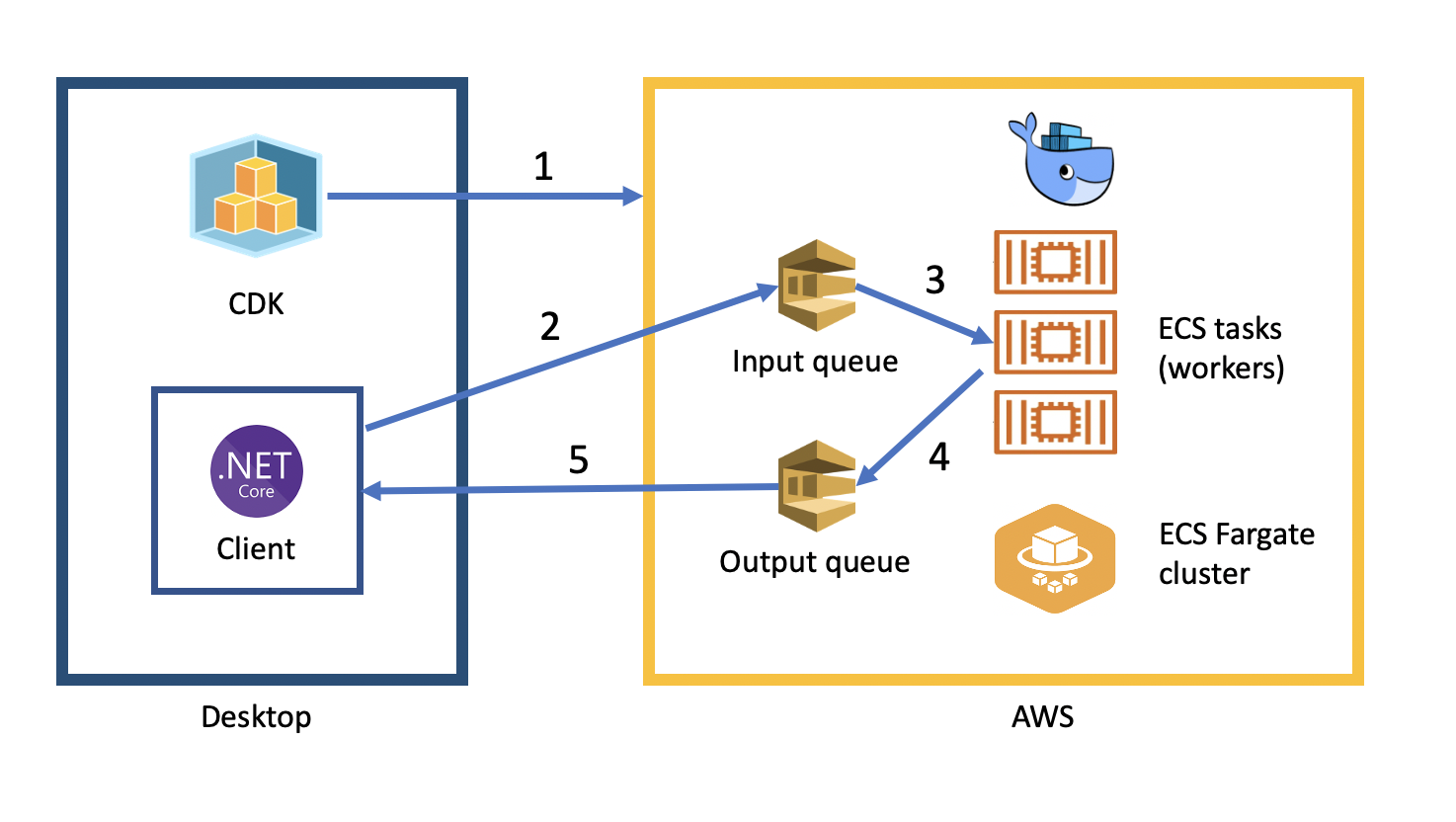Get the most value from your data with data lakehouse architecture

A data lakehouse is essentially the next breed of cloud data lake and
warehousing architecture that combines the best of both worlds. It is an
architectural approach for managing all data formats (structured,
semi-structured, or unstructured) as well as supporting multiple data workloads
(data warehouse, BI, AI/ML, and streaming). Data lakehouses are underpinned by a
new open system architecture that allows data teams to implement data structures
through smart data management features similar to data warehouses over a
low-cost storage platform that is similar to the ones used in data lakes. ... A
data lakehouse architecture allows data teams to glean insights faster as they
have the opportunity to harness data without accessing multiple systems. A data
lakehouse architecture can also help companies ensure that data teams have the
most accurate and updated data at their disposal for mission-critical machine
learning, enterprise analytics initiatives, and reporting purposes. There are
several reasons to look at modern data lakehouse architecture in order to drive
sustainable data management practices.
A CISO’s guide to discussing cybersecurity with the board
When you get a chance to speak with executives, you typically don’t have much
time to discuss details. And frankly, that’s not what executives are looking
for, anyway. It’s important to phrase cybersecurity conversations in a way that
resonates with the leaders. Messaging starts with understanding the C-suite and
boards’ priorities. Usually, they are interested in big picture initiatives, so
explain why cyber investment is critical to the success of these initiatives.
For example, if the CEO wants to increase total revenue by 5% in the next year,
explain how they can prevent major unnecessary losses from a cyber attack with
an investment in cybersecurity. Once you know the executive team and board’s
goals, look to specific members, and identify a potential ally. Has one team
recently had a workplace security breach? Does one leader have a difficult time
getting his or her team to understand the makings of a phishing scheme? These
interests and experiences can help guide the explanation of the security
solution. If you’re a CISO, you’re well-versed in cybersecurity, but remember
that not everyone is as involved in the subject as you are, and business leaders
probably will not understand technical jargon.
Best of 2021 – Containers vs. Bare Metal, VMs and Serverless for DevOps

A bare metal machine is a dedicated server using dedicated hardware. Data
centers have many bare metal servers that are racked and stacked in clusters,
all interconnected through switches and routers. Human and automated users of a
data center access the machines through access servers, high security firewalls
and load balancers. The virtual machine introduced an operating system
simulation layer between the bare metal server’s operating system and the
application, so one bare metal server can support more than one application
stack with a variety of operating systems. This provides a layer of abstraction
that allows the servers in a data center to be software-configured and
repurposed on demand. In this way, a virtual machine can be scaled horizontally,
by configuring multiple parallel machines, or vertically, by configuring
machines to allocate more power to a virtual machine. One of the problems with
virtual machines is that the virtual operating system simulation layer is quite
“thick,” and the time required to load and configure each VM typically takes
some time. In a DevOps environment, changes occur frequently.
Desktop High-Performance Computing

Many engineering teams rely on desktop products that only run on Microsoft
Windows. Desktop engineering tools that perform tasks such as optical ray
tracing, genome sequencing, or computational fluid dynamics often couple
graphical user interfaces with complex algorithms that can take many hours to
run on traditional workstations, even when powerful CPUs and large amounts of
RAM are available. Until recently, there has been no convenient way to scale
complex desktop computational engineering workloads seamlessly to the cloud.
Fortunately, the advent of AWS Cloud Development Kit (CDK), AWS Elastic
Container Service (ECS), and Docker finally make it easy to scale desktop
engineering workloads written in C# and other languages to the cloud. ... The
desktop component first builds and packages a Docker image that can perform the
engineering workload (factor an integer). AWS CDK, executing on the desktop,
deploys the Docker image to AWS and stands up cloud infrastructure consisting of
input/output worker queues and a serverless ECS Fargate cluster.
Micromanagement is not the answer

Neuroscience also reveals why micromanaging is counterproductive. Donna
Volpitta, an expert in “brain-based mental health literacy,” explained to me
that the two most fundamental needs of the human brain are security and
autonomy, both of which are built on trust. Leaders who instill a sense of trust
in their employees foster that sense of security and autonomy and, in turn,
loyalty. When leaders micromanage their employees, they undermine that sense of
trust, which tends to breed evasion behaviors in employees. It’s a natural brain
response. “Our brains have two basic operating modes—short-term and long-term,”
Volpitta says. “Short-term is about survival. It’s the freeze-flight-fight
response or, as I call it, the ‘grasshopper’ brain that is jumping all over.
Long-term thinking considers consequences [and] relationships, and is necessary
for complex problem solving. It’s the ‘ant’ brain, slower and steadier.” She
says micromanagement constantly triggers short-term, survival thinking
detrimental to both social interactions and task completion.
Unblocking the bottlenecks: 2022 predictions for AI and computer vision

One of the key challenges of deep learning is the need for huge amounts of
annotated data to train large neural networks. While this is the conventional
way to train computer vision models, the latest generation of technology
providers are taking an innovative approach that enables machine learning with
comparatively less training data. This includes moving away from supervised
learning to self-supervised and weakly supervised learnings where data
availability is less of an issue. This approach, also known as few shot
learning, detects objects as well as new concepts with considerably less input
data. In many cases the algorithm can be trained with as little as 20 images.
... Privacy remains a major concern in the AI sector. In most cases, a business
must share its data assets with the AI provider via third party servers or
platforms when training computer vision models. Under such arrangements there is
always the risk that the third party could be hacked or even exploit valuable
metadata for its own projects. As a result, we’re seeing the rise of Privacy
Enhancing Computation, which enables data to be shared between different
ecosystems in order to create value, while maintaining data confidentiality.
How Automation Can Solve the Security Talent Shortage Puzzle

Supporting remote and hybrid work requires organizations to invest in and
implement new technologies that facilitate needs such as remote access, secure
file-sharing, real-time collaboration and videoconferencing. Businesses must
also hire professionals to configure, implement and maintain these tools with an
eye towards security – a primary concern here, as businesses of all sizes now
live or die by the availability and integrity of their data. The increasing
complexity of IT environments – many of which are now pressured to support
bring-your-own-device (BYOD) policies – has only intensified the need for
competent cybersecurity talent. It’s not surprising that the ongoing shortage of
trained professionals makes it difficult for organizations to expand their
business and adopt new technologies. Almost half a million cybersecurity jobs
remain open in the U.S. alone, forcing businesses to compete aggressively to
fill these roles. Yet, economic pressures make it particularly difficult for
small-to mid-sized businesses (SBMs) to play this game. Most cannot hope to
match the high salaries that large enterprises offer.
HIPAA Privacy and Security: At a Crossroads in 2022?
The likely expansion of OCR’s mission into protecting the confidentiality of
SUD data comes as actions to enforce the HITECH Breach Notification and HIPAA
Security Rule appear to be at a standstill. According to the data compiled by
OCR, in 2021 there were more than 660 breaches of the unauthorized disclosure
of unsecured PHI reported by HIPAA-covered entities and their business
associates that compromised the health information of over 40 million people.
A significant number of the breaches reported to OCR appear to show violations
of the HIPAA standards due to late reporting and failure to adequately secure
information systems or train workforce members on safeguarding PHI. In 2021,
OCR announced settlements in two enforcement actions involving compliance with
the HIPAA Security Rule standards. OCR has been mum on its approach to
enforcement of the HIPAA breach and security rules. One explanation could be
the impact being felt by the 5th Circuit Court of Appeals decision overturning
an enforcement action against the University of Texas MD Anderson Cancer
Center.
Will we see GPT-3 moment for computer vision?

It is truly the age of large models. Each of these models is bigger and more
advanced than the previous one. Take, for example, GPT-3 – when it was
introduced in 2020, it was the largest language model trained on 175 billion
parameters. Fast forward one year, and we already have the GLaM model, which
is a trillion weight model. Transformer models like GPT-3 and GLaM are
transforming natural language processing. We are having active conversations
around these models making job roles like writers and even programmers
obsolete. While these can be dismissed as speculations, for now, one cannot
deny that these large language models have truly transformed the field of NLP.
Could this innovation be extended to other fields – like computer vision? Can
we have a GPT-3 moment for computer vision? OpenAI recently released GLIDE, a
text-to-image generator, where the researchers applied guided diffusion to the
problem of text conditional image synthesis. For GLIDE, the researchers
trained a 3.5 billion parameter diffusion model that uses a text encoder.
Next, they compared CLIP (Contrastive Language-Image Pre-training) guidance
and classifier free guidance.
What is Legacy Modernization

To achieve a good level of agility the systems supporting the organization
also have to quickly react and change to the surrounding environment. Legacy
systems place a constraint on agility since they are often difficult to change
or provide inefficient support to business activities. This is not unusual, at
the time of the system design there were perhaps technology constraints that
no longer exist, or the system was designed for a particular way of working
that is no longer relevant. Legacy Modernization changes or replaces legacy
systems, making the organization more efficient and cost-effective. Not only
can this optimize existing business processes, but it can open new business
opportunities. Security is an important driver for Legacy Modernization.
Cyber-attacks on organizations are common and become more sophisticated over
time. The security of a system degrades over time, and legacy systems may no
longer have the support or the technologies required to deter modern attack
methods, this makes them an easy target for hackers. This represents a
significant business risk to an organization.
Quote for the day:
"Leadership is particularly necessary
to ensure ready acceptance of the unfamiliar and that which is contrary to
tradition." -- Cyril Falls
No comments:
Post a Comment